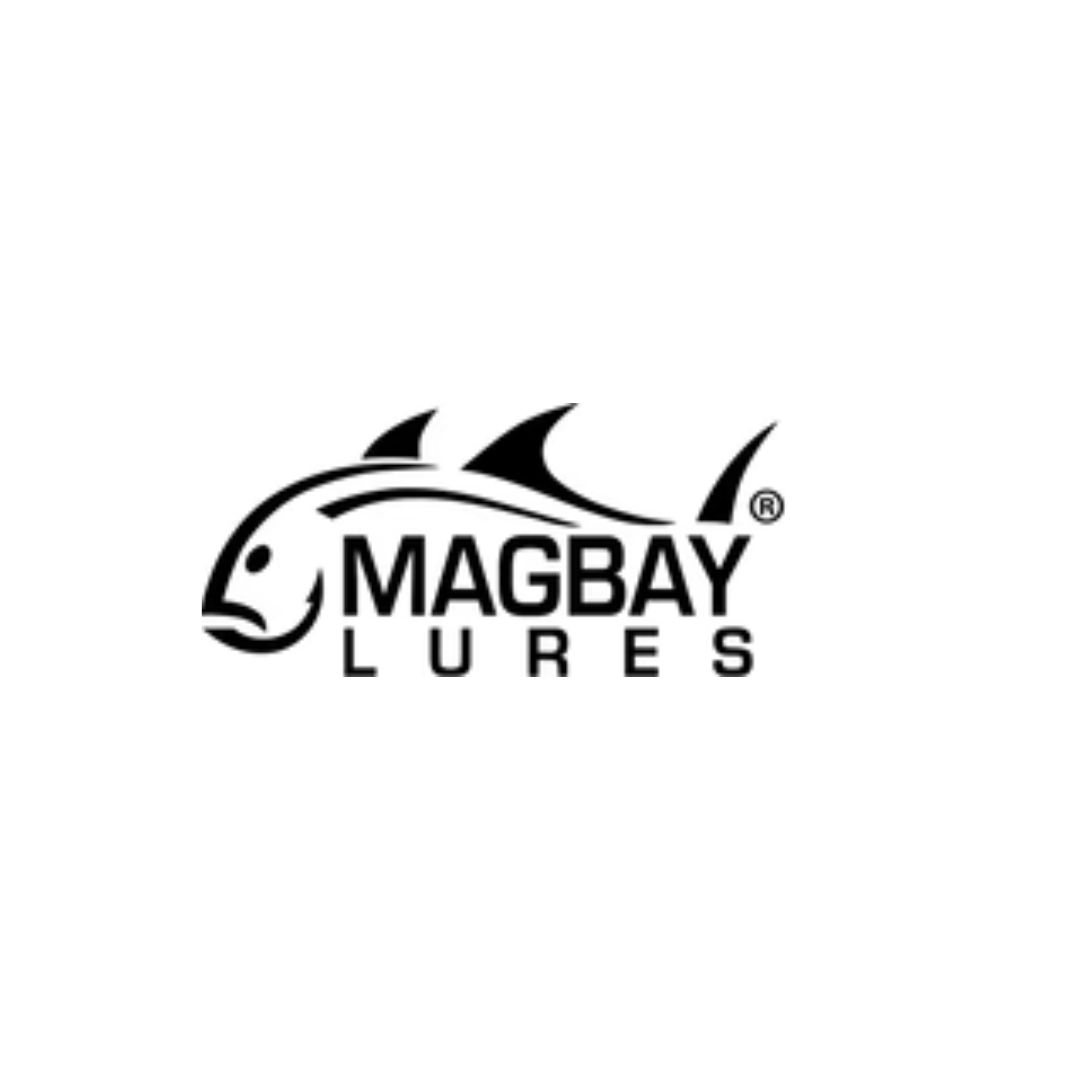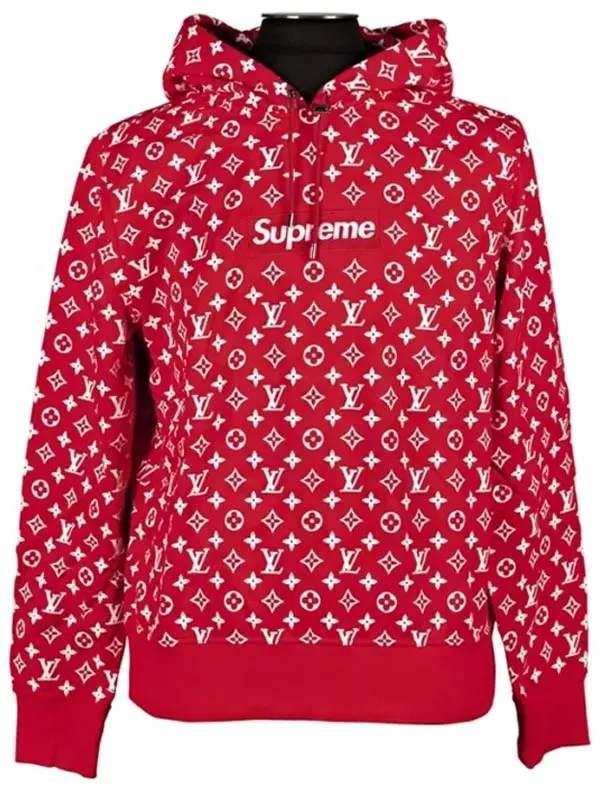When you first hold a tuna popper, it seems basic- a floating lure with a concave face, a few hooks, and a splash-ready body. But what looks simple is actually highly engineered. Every curve, every weight placement, and every finish is meant to provoke a strike from a predator that doesn’t make mistakes. That difference separates a lure that sits in the tackle box from one that dominates the strike zone.
Even the angle of the hooks, the spacing of the split rings, and the shape of the body are designed to influence how the lure sits, moves, and responds when tension is applied. A tuna popper isn’t just an object; it’s a carefully considered tool for the open ocean.
If you love offshore fishing and want to catch more tuna, then the tuna popper from MagBayLures is just what you need. Designed with precision and built for performance, this lure is made to handle the power and speed of big game fish. Whether you’re a professional angler or just someone who loves the thrill of fishing, MagBayLures’ tuna popper will take your fishing experience to the next level.
What makes this tuna popper stand out is its realistic design and high-quality construction. Each lure is crafted to mimic the movement of real baitfish, which attracts tuna even in deep waters. The strong body and durable materials ensure that it can withstand tough conditions, including the strikes of large, aggressive fish. You don’t have to worry about wear and tear — MagBayLures products are built to last.
Another great thing about the tuna popper is how easy it is to use. The design allows smooth casting and popping action, making it suitable for both beginners and experienced anglers. Whether you’re fishing in calm or rough seas, it maintains stability and motion, giving you better chances of landing big tuna.
Splash Science: How Hydrodynamics Drive Strikes
The concave face isn’t a decoration. It catches water with every pull, forcing air and water into a rhythm that mimics injured prey. The splash carries noise and visual cues that tuna can’t ignore. Even the subtle taper of the nose and the hook placement influence how the lure moves. One degree off, and the effectiveness drops.
This is hydrodynamics in action- designed, measured, and tested under real conditions. How the water curls around the face, the size of the bubbles, and the distance the splash travels all contribute to whether the lure triggers curiosity, aggression, or hesitation from the fish.
Color That Talks: Reflectivity and Predator Response
Color isn’t just aesthetic. Tuna respond to subtle underwater changes in light. Pearlescent coatings, reflective panels, and muted underbellies add realism. The human eye might miss it, but tuna don’t. They attack flashes of fleeing baitfish. Color placement, intensity, and finish are all part of a visual strategy that turns a lure into prey.
In different lighting conditions, the same popper can appear dramatically different. A dull morning sun can dull a finish, while midday light can exaggerate reflectivity. This interplay between color and environment can mean the difference between a missed strike and a successful hookup.
Tested at Sea: What Bluewater Reveals
Theory meets reality on the water. Drag tension, rod tip speed, and water conditions all affect a popper’s action. Light chop versus glassy water changes how it performs. The best poppers feel alive, giving feedback with every pull, letting you anticipate strikes before they happen. Real-world testing reveals what numbers on paper cannot.
Even the smallest adjustments, like shortening your retrieve or pausing mid-pull, dramatically change the lure’s behavior. Bluewater testing is essential to understanding how a lure interacts with the ocean’s variable conditions, and seasoned anglers quickly notice which designs hold up under pressure.
Built to Last: Durability Under Pressure
Tuna are powerful. One strike can stress a lure to the limit. Every attachment, hook, and body joint must withstand repeated blows and corrosive saltwater. Poorly built poppers fail silently- snapping, twisting, or losing shape- resulting in missed opportunity. A well-crafted popper survives countless runs, maintaining performance through multiple seasons.
Durability isn’t just about surviving strikes; it’s also about keeping finish, weight, and balance intact despite repeated exposure to sun, salt, and sand. Longevity ensures that the angler develops trust in their gear, which is as crucial as the lure’s design itself.
In Your Hands: Ergonomics That Matter
Even ergonomics influences performance. How a lure sits on the deck, how it feels in the hand, and how it reacts to line tension all feed back into success. A tuna popper is more than gear- it’s an extension of the angler, translating subtle cues from water into motion that attracts fish.
Anglers can “read” a lure by feel, detecting how it pops and skips without relying solely on sight. This feedback loop between hand and lure allows precise adjustments mid-retrieve, making subtle improvements to technique that pay off when a strike comes.
Where Design Meets Instinct
Ultimately, the popper is where engineering meets instinct. Every curve, every weight adjustment, and every reflective surface exists for a reason. Thoughtful anglers treat their best poppers like precision instruments. They’re not just tools- they’re instruments honed to provoke strikes reliably in the unpredictable open ocean.
Recognizing this interplay of design and behavior elevates the angler’s understanding of what a lure should do- not just look like, but perform under the exact conditions it was built for.
Crafting Performance That Delivers
When it comes to combining design, durability, and real-world performance, few brands deliver consistently. That’s why brands like Magbay Lures focus on refining the tuna popper.
Their every lure is engineered to provoke strikes, built to withstand harsh bluewater conditions, and crafted to reflect a deep understanding of predator behavior, material science, and angler technique. With attention to detail at every level, these poppers are designed to perform when it counts most.

